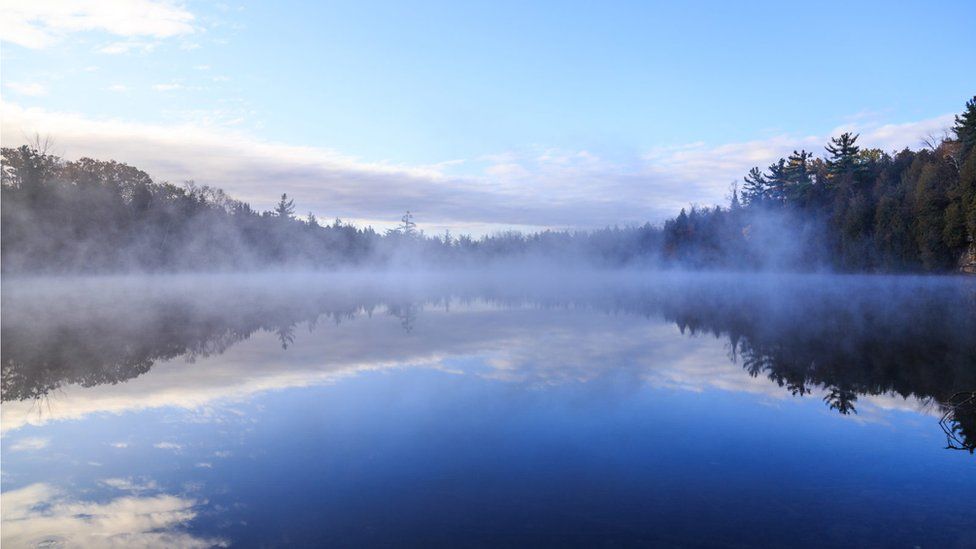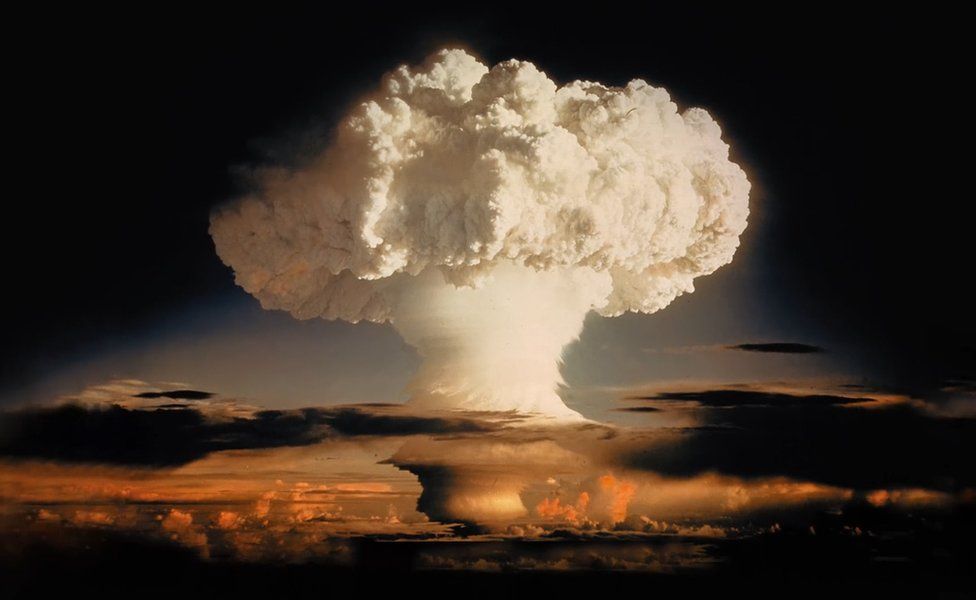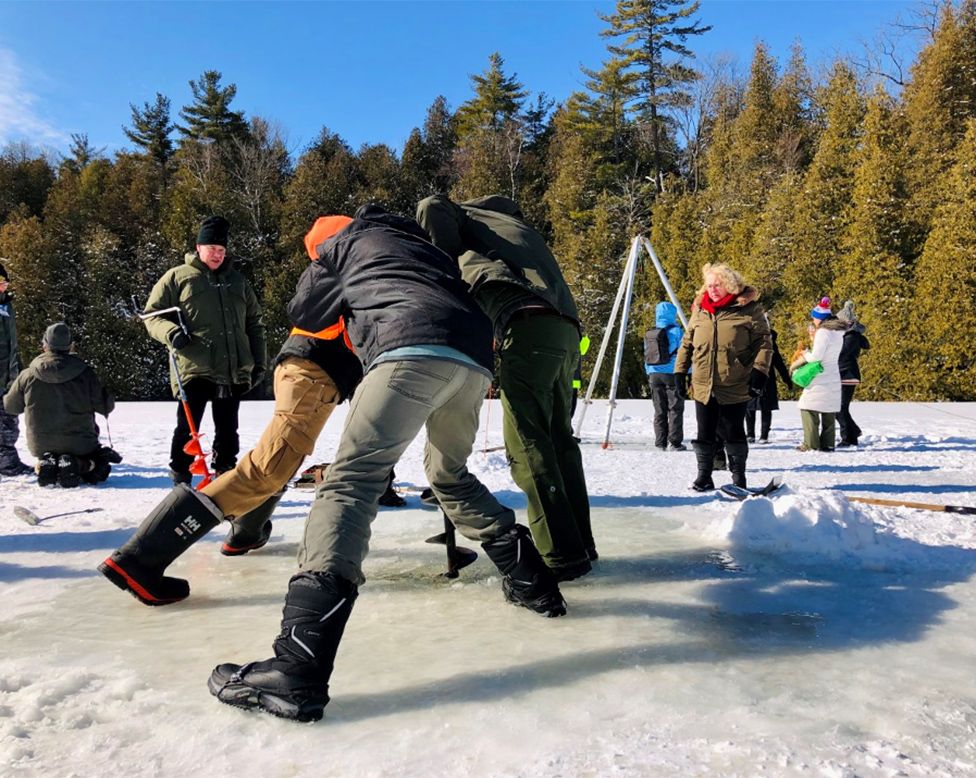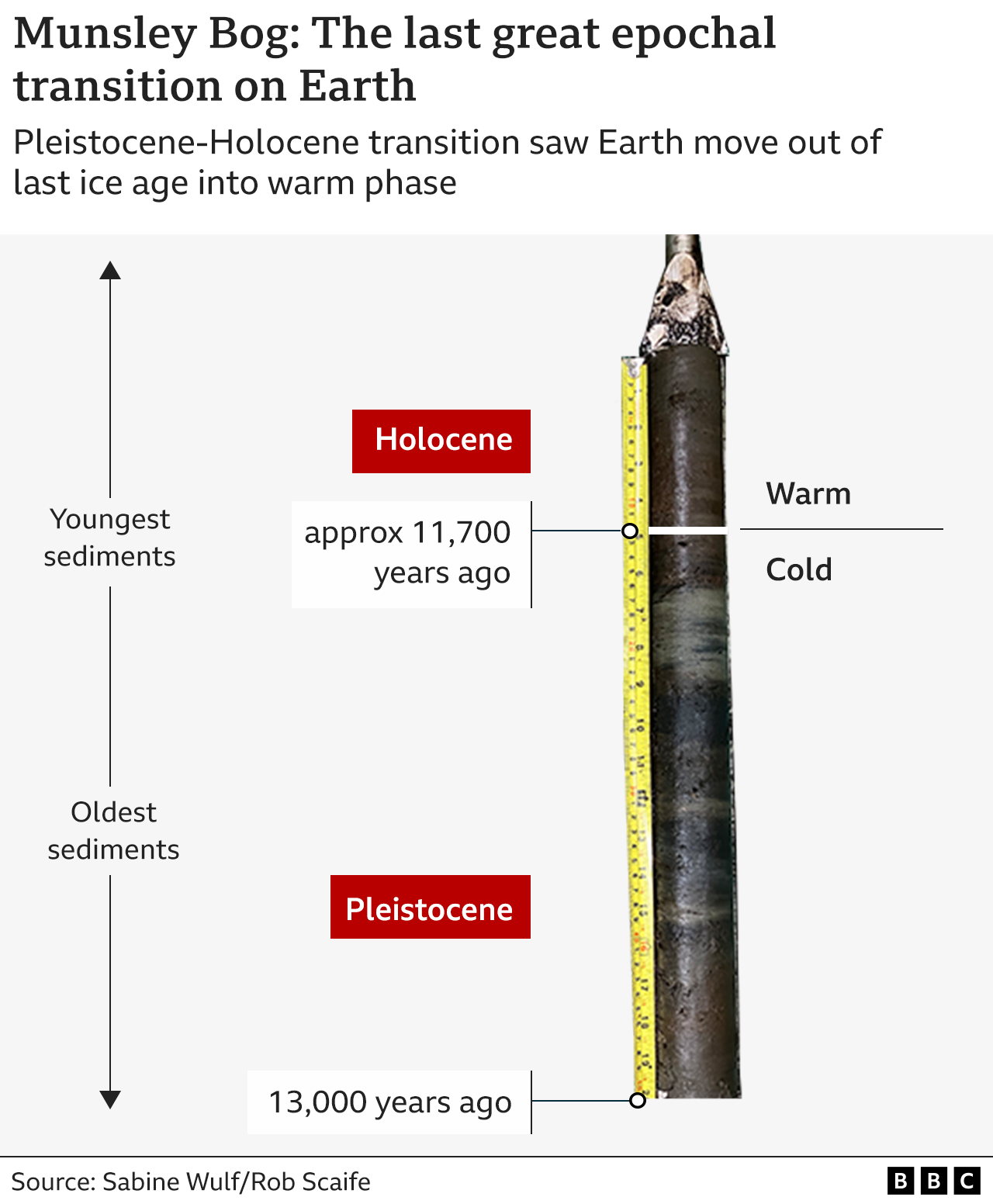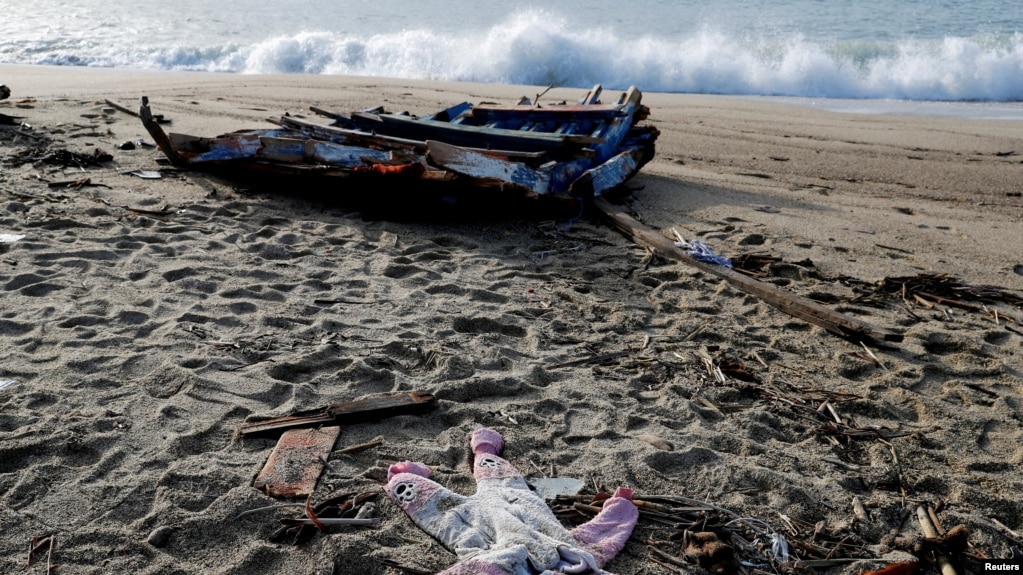The inconsistencies cannot be overlooked any longer
JAMES
ZOGBY
:quality(70)/cloudfront-eu-central-1.images.arcpublishing.com/thenational/XDWYKTOR7KRGZYQ4VFQANOYDBE.jpg)
US President Joe Biden speaks speaks during a Fourth of July event on the South Lawn of the White House in Washington. Bloomberg
Two recent and seemingly unrelated news stories raise serious questions about whether any consistent values undergird American foreign policy. One involves the US response to attacks by Israeli settlers on the Palestinian village of Turmus Aya. The other is about the Biden administration considering shipping cluster bomb munitions to Ukraine.
Following the armed settler invasion of Turmus Aya, and the burning of homes and cars, killing of one resident and injuring of 12 others, it was reported that many of the Palestinian victims were US citizens or permanent residents.
The State Department quickly condemned the assault, calling on the Israeli government to immediately investigate the crimes committed and bring the perpetrators to justice. In the days that followed, there were more condemnations of escalating settler violence and calls for the Netanyahu government to rein in the “out of control” settlers.
It apparently took the presence of US victims to elicit such a clear response, but several questions were left unaddressed.
In the first place, settler violence is not new. It has been going on for years – spiking annually at harvest time in an effort to deny Palestinians the fruits of their land.
In recent years, these incidents have become more frequent and are now seen as routine, receiving only passing mention in US reports. This raises the first question: is the US only concerned when Palestinian victims are Americans?
Not only is this phenomenon not new, it has an insidious intent – with its roots in the very founding of the Zionist movement – to remove the Palestinians from their land.
Just a week ago, a high-ranking minister in Prime Minister Benjamin Netanyahu’s cabinet stated that the goal behind the violence was to make the lives of Palestinians so difficult and miserable that they would have three choices: “to submit, leave, or die.”
Why has this clearly racist and ongoing genocidal intent not been directly addressed by the US government? Even if we accept that the US should make a special point of speaking out in defence of its own citizens, is calling on the Israeli government to investigate itself the best the US can do? After all, we are still waiting for accountability and justice to be served in the killings of Omar Assad and Shireen Abu Akleh.
Despite clear evidence demonstrated by major American media outlets that Ms Abu Akleh’s death wasn’t accidental and was at the hands of Israeli personnel, the Israeli government continues to “deny, lie, and obfuscate” regarding the facts of case.
And when it comes to Mr Assad, it’s clear, even from the Israeli telling of the story, that at the very least, his death was due to criminal negligence on the part of the soldiers who bound and gagged this 80-year-old man and left him face down on the cold ground where he died.
At the end of an Israeli “review” of the case, they decided to drop charges against the officers involved. And so, is calling on the fox to investigate the maiming or killings in the chicken coop a satisfactory response?
Finally, the question I asked when this story of Turmus Aya first broke: We know that the victims were US citizens, but were some of the rampaging Israeli settlers also US citizens? And what about the Israeli soldiers who shot at Ms Abu Akleh or whose cruelty resulted in the death of Mr Assad?
This information is important. As US citizens, the Palestinian victims and their families ought to be able to pursue legal action in the US against those who attacked them and torched their homes and cars.
If the US is serious about defending their rights to life and property, they owe it to American citizens to assist them in finding this out. And whether or not the victims are Palestinian Americans, shouldn’t the US government take action against its citizens engaged in unlawful violence on behalf of a foreign government or cause?
American intelligence services work with the Israelis to identify Palestinians who are deemed a security threat. They are placed on a “watch list,” even when violence isn’t involved. Visas to visit the US are routinely denied to prominent Palestinian officials and leaders in civil society simply because they are viewed as anti-Israel. And yet there is no such cataloguing of Israelis who have engaged in violent acts or incitement.
How can we even consider admitting Israel into the Visa Waiver Programme if this could give violent extremists or certain Israeli soldiers or police free access to the US? As a victim of Meir Kahane’s violence four decades ago, I demand to know the answer to that question.
The other major news story that should be cause for concern is the ongoing debate within the Biden administration regarding shipping cluster bombs to Ukraine. This weapon is so insidious that 120 nations have signed a convention calling for a ban on its production and use. The US, a major stockpiler of cluster munitions, has refused to sign.
The cluster bomb is a large shell that can be delivered from aircraft or ground artillery. The shell is designed to explode over a target releasing smaller bomblets contained within that shower a larger area, detonating on impact – with each bomblet releasing either pre-cut shrapnel or pellets that cause serious damage.
It was not until 1983 that I learnt firsthand the horror of this weapon. A project I helped lead, brought to the US over 60 Lebanese and Palestinian children who had been injured in the 1982 Israeli assault on Beirut.
Many had lost limbs or were scheduled to undergo amputations because the nerves and muscles in their legs had been shredded by cluster bombs shrapnel. But the story doesn’t end there. Because so many of the bomblets do not immediately detonate, they lay on the ground like pinecones taking new victims who, years later, trip over and trigger them.
The US knows this and yet we continue to stockpile this horrible weapon, have used it in Iraq and Afghanistan, and the administration is now debating whether to send it to Ukraine. In an unconvincing, feeble attempt to justify the considerations, US officials argue that American cluster bombs have a much lower “dud rate” than those produced by other countries.
The moral inconsistencies involved in America's refusal to hold Israelis accountable for Palestinian civilian casualties, both US and non-US citizens, and the US refusal to join the international effort to ban cluster bombs call into question the moral underpinnings of America's foreign policies.
:quality(70)/cloudfront-eu-central-1.images.arcpublishing.com/thenational/6C7FIFRGSEAGYWAHCRRWBUFRUA.jpg)
